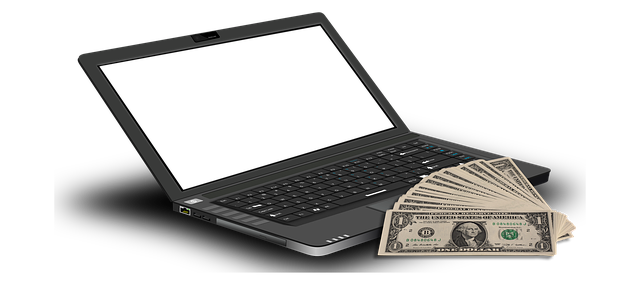The title loan industry offers diverse payment methods including cash, checks, and debit/credit cards, catering to various customer preferences. Traditional in-person transactions remain popular for transparency, face-to-face interactions, and meticulous documentation, enhancing security for both lenders and borrowers, especially with high-value loans like boat title loans. In-person payments are driven by the industry's target demographic lacking traditional banking access or preferring personal interactions, as well as regulatory requirements for document verification in state laws, making them a preferred choice over digital alternatives.
Despite the digital revolution, in-person payments remain a prevalent practice in the title loan industry. This article delves into the various title loan payment methods and uncovers why traditional, face-to-face transactions continue to dominate. We explore the factors driving this phenomenon, providing a comprehensive overview of the industry’s unique dynamics and the specific needs of borrowers and lenders alike. Understanding these nuances is key to navigating this specialized financial sector.
- Understanding Title Loan Payment Methods: A Comprehensive Overview
- The Persistence of In-Person Transactions in the Title Loan Industry
- Factors Contributing to the Continuance of In-Person Payments for Title Loans
Understanding Title Loan Payment Methods: A Comprehensive Overview

In the title loan industry, understanding various payment methods is key for both lenders and borrowers. Traditional in-person payments remain prevalent, allowing customers to settle their loans at physical locations. This method facilitates face-to-face interactions, offering a level of transparency and trust. Borrowers can discuss repayment plans, clarify terms, and provide necessary documentation in real time.
Several title loan payment methods are available, including cash, checks, and debit/credit cards. For instance, San Antonio loans often accommodate truck title loans, where the vehicle’s title acts as collateral. This ensures lenders’ security while providing borrowers with flexible repayment options. Such diversity caters to different customer preferences and financial situations, contributing to the industry’s accessibility and popularity.
The Persistence of In-Person Transactions in the Title Loan Industry

Despite the digital revolution and the rise of online banking, the title loan industry continues to heavily rely on in-person transactions for its payment methods. This preference for traditional, face-to-face interactions stems from several factors specific to the industry’s unique nature. Many borrowers opt for emergency funding through title loans as a last resort when facing financial crises, often requiring immediate access to cash. In-person payments facilitate this urgency by enabling quick and efficient transactions without the delays associated with online processing.
Furthermore, the security of Vehicle Ownership plays a pivotal role in these deals. Title transfer processes require meticulous documentation and verification, which are best handled in a controlled environment where both parties can physically present themselves and their documents. This ensures that all legal requirements are met, protecting both the lender and the borrower from potential risks and disputes, thereby reinforcing the industry’s reliance on in-person payment methods.
Factors Contributing to the Continuance of In-Person Payments for Title Loans

The persistence of in-person payments in the title loan industry can be attributed to several key factors. One significant reason is the nature of the target demographic; many borrowers seeking title loans often have limited access to traditional banking services or prefer the personal touch of face-to-face transactions. This is especially true for individuals with poor credit histories, who may not qualify for typical bank loans and thus rely on alternative financing options.
Additionally, the industry’s regulatory environment plays a crucial role in maintaining in-person payment methods. State laws and regulations often dictate the terms of title loan agreements, including repayment schedules and fee structures, which can vary widely across different regions. These regulations ensure transparency and fairness but also require borrowers to visit physical locations for document verification and signature processes, reinforcing the need for in-person payments. Further, the security and swiftness of in-person transactions provide a level of confidence for both lenders and borrowers, particularly when dealing with valuable assets like vehicle titles, which is why many opt for this traditional method over digital alternatives, especially for high-value loans such as boat title loans.
Despite the digital revolution, in-person payments remain a cornerstone of the title loan industry. This preference is driven by several factors, including the sensitive nature of financial transactions, the need for immediate document verification, and the industry’s reliance on building trust with customers. As technology advances, we can expect to see hybrid models emerge, offering both in-person and digital options, thereby enhancing accessibility and convenience without compromising security. Understanding these payment methods is key to navigating this unique sector, ensuring a smooth and secure process for all parties involved.






